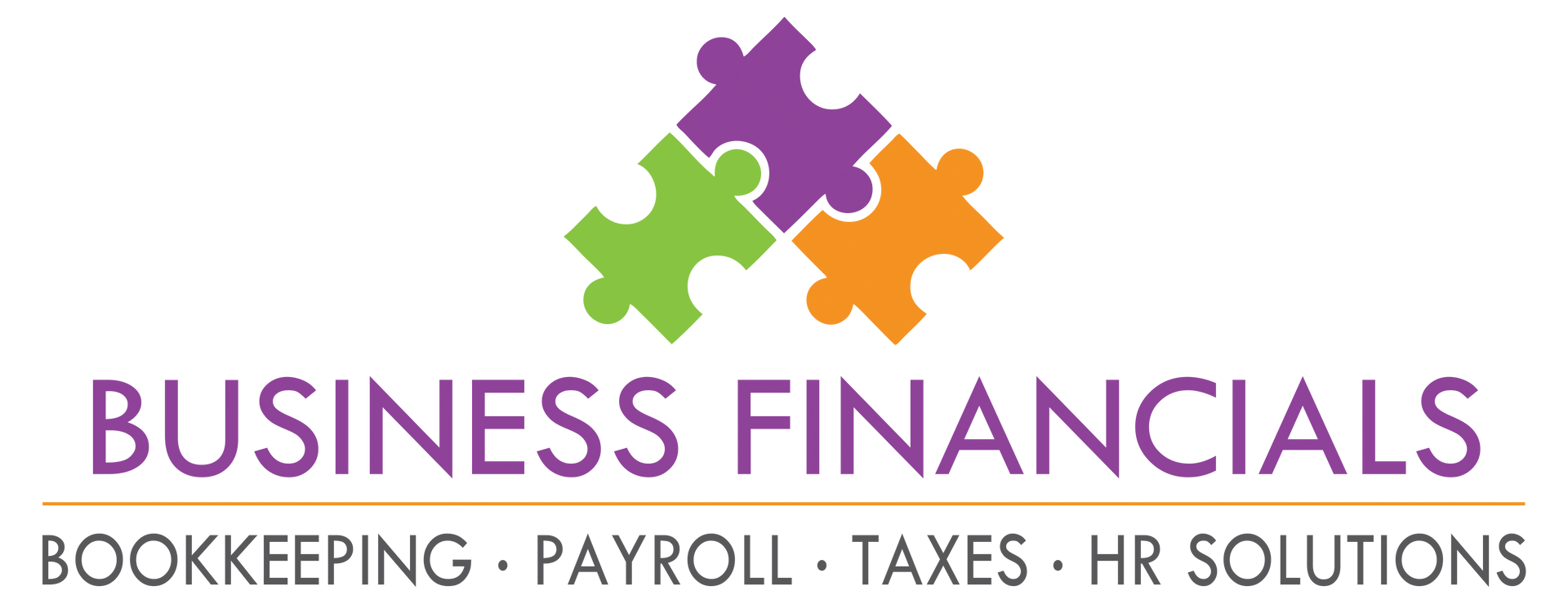How To Manage Accruals Tracking
In the HR world, accruals refer to time off, sick leave and vacation time that ‘accrues’ as an employee works for the organization. For example, a company may offer four days of paid leave per quarter. When the employee has worked six months, they have accrued eight days of paid leave and continue to build up a bank of time.
Paid Time Off (PTO) is time employees take off during normal working hours for which they are paid. Employees either earn PTO as they work their regular schedules or receive a set number of hours at the beginning of the year. Businesses generally measure the time in hours.
Note: Accruals can also refer to unpaid leave that accrues according to FMLA or state family leave laws.
How Is PTO Different Than Traditional Paid Leave?
Traditional paid leave is categorized as sick days, personal days, and vacation. In contrast, PTO refers to leave that is uncategorized and employees can use as they choose. Some employers have a combination of PTO and sick time.
What is a PTO Policy?
The foundation for accruals tracking is a carefully-designed PTO policy. When creating a paid leave policy, there are many considerations:
· How will leave be awarded? Accrual, allotment or unlimited?
o Will you front load a set number of days at the beginning of the year or will they accrue based on time worked?
· How many employees can be off at a given time?
o Does the number change throughout the year?
o Will there be blackout periods when nobody can take time off?
· How will employees request time off?
o How will you handle overlapping requests?
o How far in advance do employees need to submit requests?
· Will unused PTO roll over into the new year?
· What state or local laws affect your PTO administration?
· How will your policy affect your financials/balance sheet?
Types of Time Off Policies
Let’s look at the most common types of leave structures used by U.S. employers:
· Traditional Leave—categories may include:
o Vacation
o Sick Time/FMLA
o Federal or State Holidays
o Floating Holidays
o Jury Duty
o Emergency Leave
o Bereavement Leave
· PTO (Paid Time Off) Banks—Employees can use the time as they choose
· Unlimited PTO—Employees can take as many days as they want
· PTO Purchase Plan—allows workers to buy and sell vacation days
o The ‘currency’ is their regular salary–this type of policy is often included in a cafeteria (or flex) program
o Employees can use pre-tax earnings to purchase benefits of their choice, which may include health insurance, life insurance, supplemental insurance, and flex spending accounts
Automated PTO System Simplify Leave Management
The method for tracking PTO is as important as the actual policy. Many small businesses don’t have an automated tracking method. Some use spreadsheets or Google Calendar. Employees submit requests verbally and it’s up to the manager to keep track of them, determine how they impact schedules and approve or deny.
Manual PTO tracking takes a lot of time and persistence to keep track of employee requests, treat everyone fairly, and ensure business operations aren’t impacted when employees take time off.
In contrast, inexpensive automated PTO tracking software makes it easy to manage leave. The most powerful systems sync with Timekeeping, Payroll and Employee Scheduling.
What Are the Benefits of Automated PTO Tracking?
· Ensures equitable PTO for all employees
· Provides a standardized way for employees to request time off
· Helps managers keep track of employee vacations
· Syncs with timecards and scheduling to avoid shift coverage gaps
· Gives employees access to their PTO balance without calling HR
When researching PTO systems, make sure they can accommodate your policy. If you have anything more involved than a basic policy, you’ll need a provider that offers custom scripting and there are few in the small business space.
Accruals Reporting
Another advantage of an automated PTO system is ease of analytics. Employees and administrators can run reports (for any time period) and see accruals by date and which hours have been deducted from the employees’ balances. This helps business owners administer leave policies and evaluate their effectiveness.
THIS ARTICLE IS FOR GENERAL INFORMATION PURPOSES ONLY. BUSINESS FINANCIALS, INC. (BFI) IS NOT ISSUING SPECIFIC FINANCIAL OR TAX ADVICE. PLEASE CONSULT WITH A LICENSED FINANCIAL PLANNER, TAX ATTORNEY, OR ACCOUNTANT FOR ASSISTANCE WITH YOUR SPECIFIC SITUATION. IF YOU NEED HELP, WE INVITE YOU TO CONTACT US. WE WILL BE HAPPY TO MAKE RECOMMENDATIONS OR REFER YOU TO A LICENSED PROVIDER WHO MAY BE BEST SUITED FOR YOUR SITUATION.





